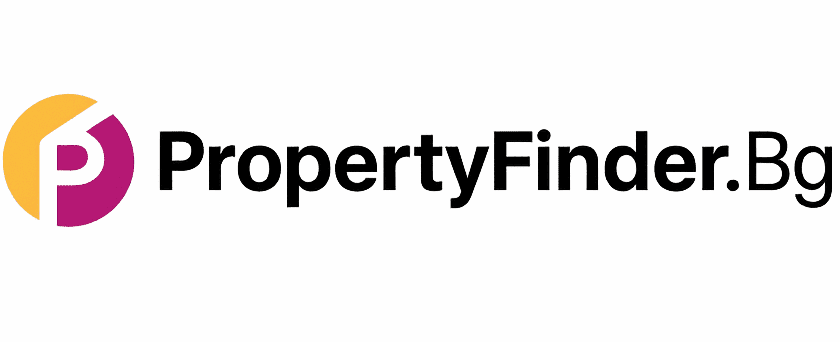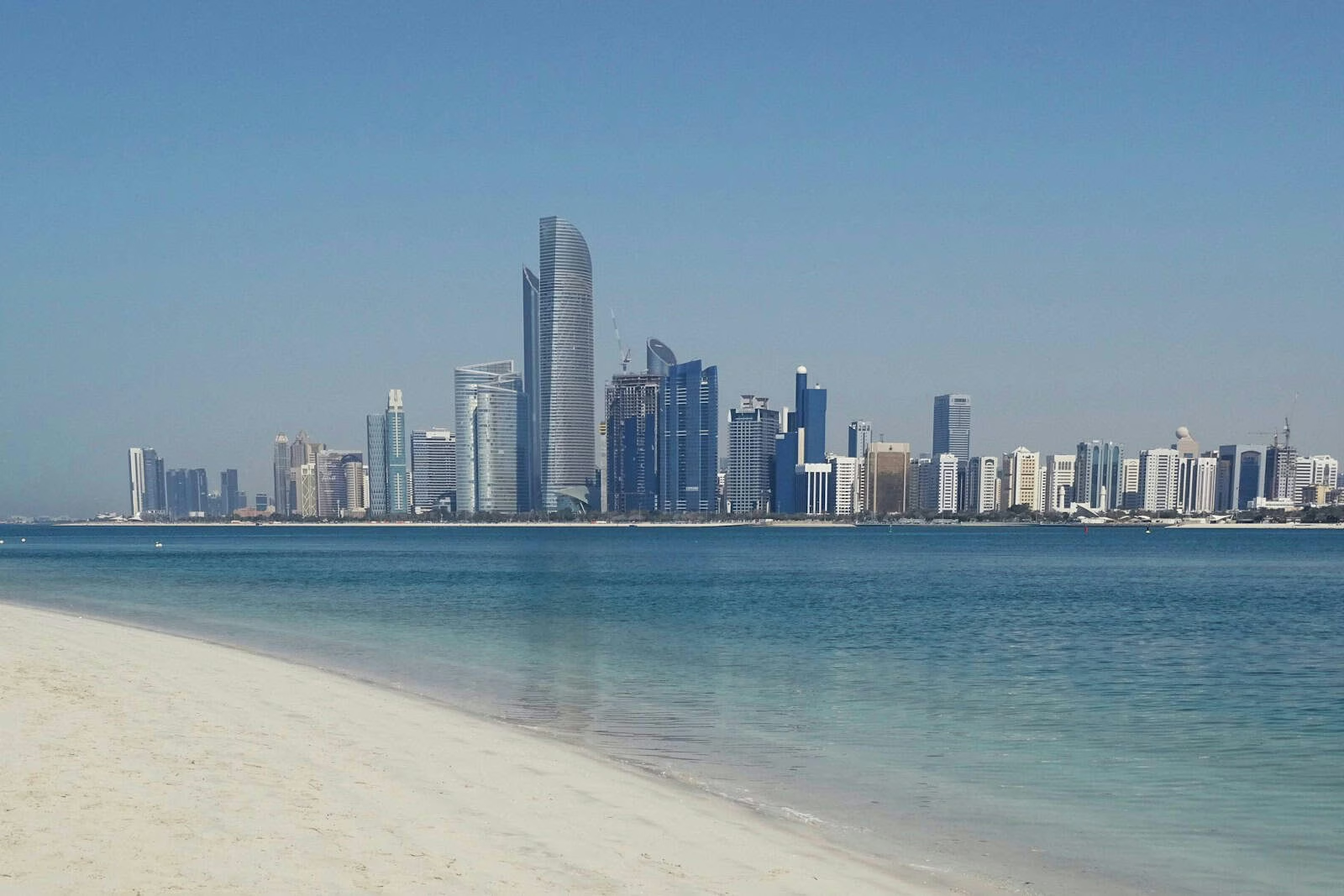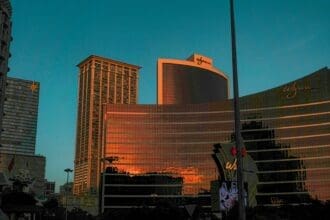Abu Dhabi’s real estate market presented one of the most intriguing market conundrums in the first quarter of 2025. At first glance, the data appears contradictory: some reports indicate a significant slowdown and decline in transactions, while others proclaim strong double-digit growth. However, this apparent paradox is not a data error, but a clear indicator of a healthy and important transformation – the market’s transition from a speculative to a mature, sustainable phase driven by real demand and long-term investment.
The argument for delay: the collapse of the market “under construction”
Several authoritative reports point to a significant slowdown in the Abu Dhabi market, with the main reason being the sharp contraction of the off-plan segment. The data shows a dramatic 52% drop in volume and 50% drop in value of ‘under construction’ transactions year-on-year. This decline is so significant that it has led to an overall reduction in the total number of transactions by 35% and in their total value by 24%, according to the same sources. The likely reason for this decline is cited as a lower number of new projects launched during the period, which has reduced the supply of speculative assets.
The argument for growth: the power of finished properties and retail space
In stark contrast to the slowdown data, other reports present a picture of exceptional growth. One of these states that the total value of transactions in Abu Dhabi has reached AED 25.3 billion, representing an impressive 34.5% year-on-year growth. This growth is supported by a 26.7% increase in sales and a 49% jump in mortgage transactions.
The key to unraveling this paradox lies in the exceptional performance of the ready market. The value of finished property transactions has increased by a staggering 75% and the volume by 9%. Specifically, the number of transactions in finished residential units increased by 10%. In addition, other property sectors in Abu Dhabi are booming:
- Office market: It is in excellent condition with 96% occupancy and annual rental growth of approximately 15%.
- Hospitality sector: reports impressive growth with an occupancy rate of 86.9%.
- Residential rents: average rents are up 9% year-on-year.
Synthesis of the paradox: A market in transition to maturity
The so-called “paradox” is actually not a contradiction, but a clear sign of a healthy market evolution. There is a rotation of capital – from speculative assets “under construction” to income generating finished properties and commercial assets. A purely speculative market is characterised by a high velocity of ‘under construction’ transactions. A mature market, on the other hand, is defined by strong end-user demand (finished homes) and a stable commercial base (offices, hotels). The data clearly shows that Abu Dhabi is moving from the former to the latter pattern. The 10% increase in transactions of finished residential units and the 75% jump in the value of finished property transactions are the key evidence of this transition.
Conclusion: a stronger and more sustainable foundation
The decline in the “under construction” segment is not a sign of weakness, but rather a market correction and a shift to more sustainable sources of growth. The buoyant market for completed properties, coupled with strong performance in the office and hospitality sectors, indicates that Abu Dhabi’s economy is building a more stable foundation based on real economic activity and long-term demand. The Abu Dhabi paradox is actually a coming-of-age success story.
You might also like:
- UAE property market: record first quarter of 2025 with AED 239 billion
- Refinancing a Property in Italy for Foreigners: Is It Possible, and What Are the Alternatives?
- Greece Property Market 2025: Growth Cools, New Golden Visa Rules & 2026 Forecast
This post is also available in: Български







